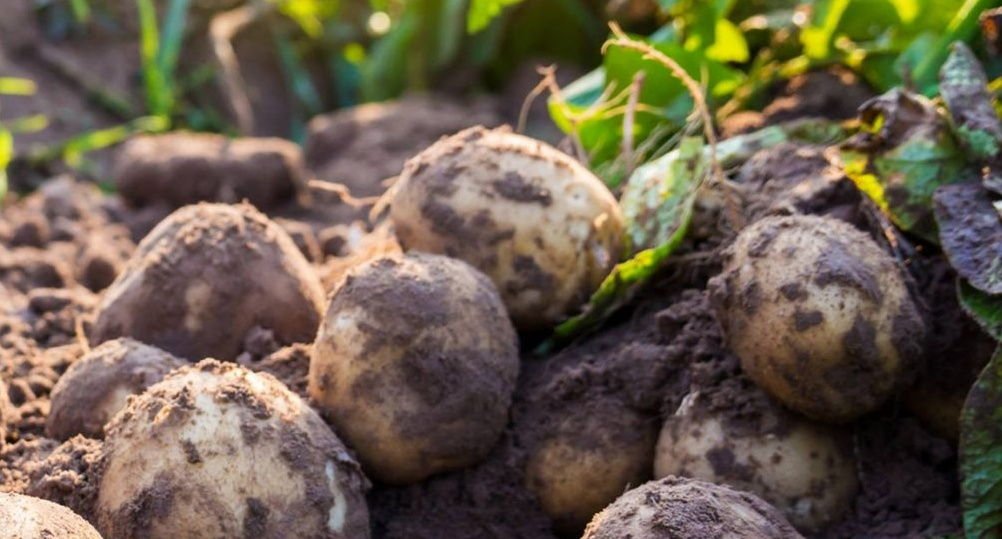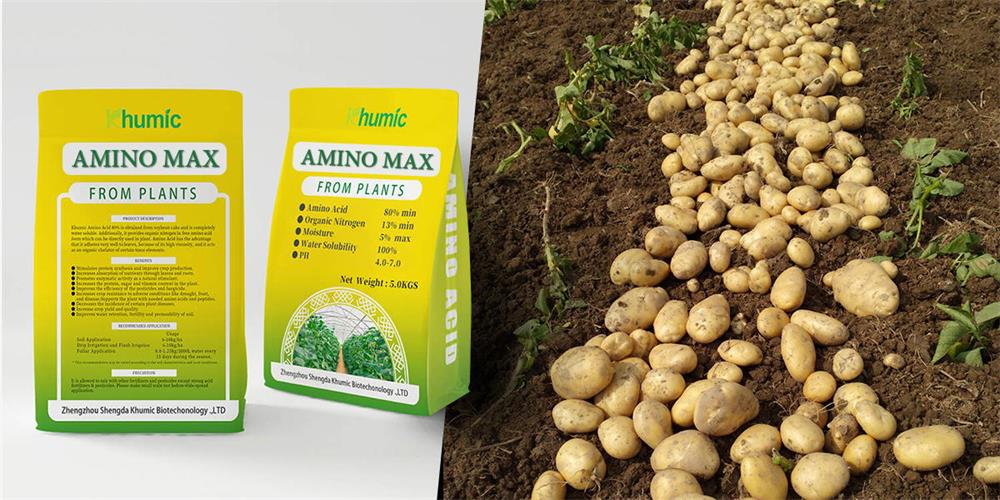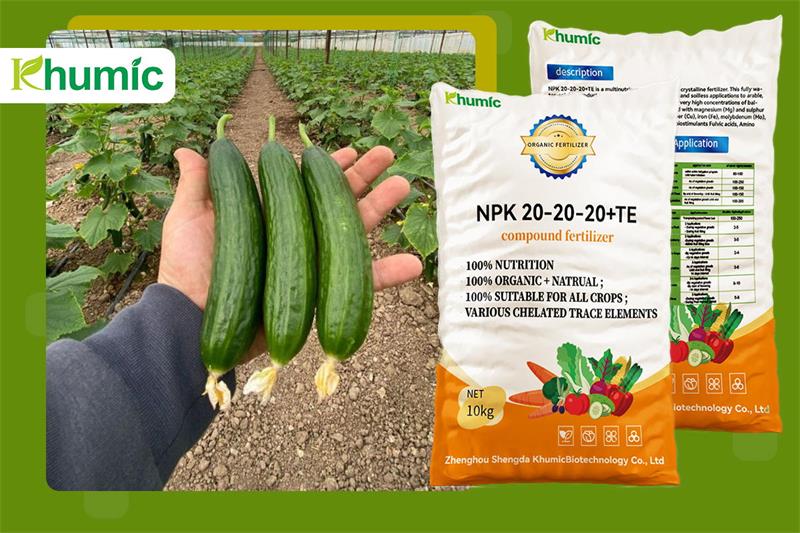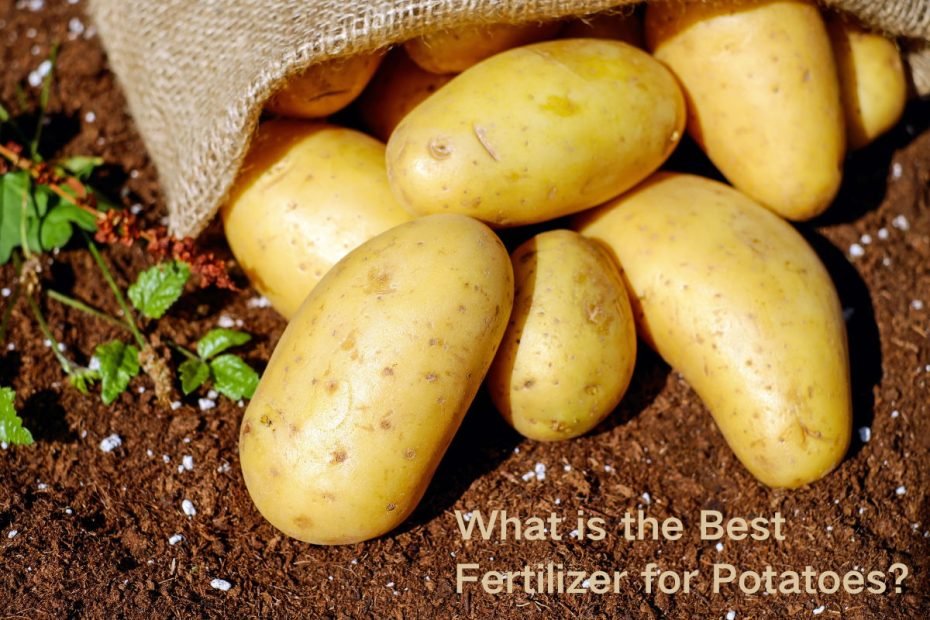Introduce
Potatoes are a staple food almost all over the world, popular and valued for their versatility and nutritional content. So you want to grow plump, delicious potatoes in your garden? One key factor determining the success or failure of your potato harvest is the type of fertilizer used. Choosing the right fertilizer can replenish nutrients the soil may be lacking, affecting potato growth, yield, and quality.
Table of Contents
Why Fertilizer is Important for Growing Potatoes
Potatoes are heavy eaters and require nutrient-rich soil to thrive. Fertilizer plays a vital role in providing essential nutrients that promote healthy plant growth, strong root development, and optimal tuber formation. Potatoes may suffer from stunted growth, low yields, and poor disease resistance without adequate nutrients.
Nutritional Requirements of Potatoes
Potatoes require a delicate balance of micronutrients and macronutrients to reach their full potential.

Nitrogen
Nitrogen is a key factor in potato leaf growth, promoting lush leaves and improving photosynthesis efficiency. The presence of nitrogen is essential for the formation of chlorophyll, the green pigment necessary for photosynthesis, allowing plants to convert sunlight into energy for growth. Plants need chlorophyll to convert sunlight into energy for growth and development.
Phosphorus
Phosphorus, found mainly in the roots, holds potatoes firmly in the soil, promoting healthy growth, development, and support.
Potassium
Potassium is a versatile health enhancer that increases the potato’s resistance to disease and ensures healthy growth.
Minor Nutrients
Calcium helps in the formation of cell walls, which provide the potato with a strong foundation. Magnesium is an important sunlight converter, promoting plant energy production through photosynthesis. Sulfur promotes overall plant health by stimulating protein synthesis and enzyme activity.
Micronutrients
Zinc plays a key role in enzyme activity and plant metabolism. Iron is necessary for the production of chlorophyll, which gives potato plants their distinctive dark green color. Manganese is an additional enzyme activator that coordinates various biochemical processes within plants.
Choose the Best Fertilizer for Potatoes
When it comes to choosing the best fertilizer for potatoes, there are a variety of options, each with its own nutrient content and application method. Here are some popular types of fertilizers that are great for potato plants:
Organic fertilizer
Materials such as compost, manure, humus fertilizers, amino acids, and bone meal are excellent choices for feeding potatoes. These natural fertilizers release nutrients slowly and steadily, improving soil structure and promoting microbial activity. Organic fertilizers are environmentally friendly and help build long-term soil fertility. It also helps the soil resist erosion, retain moisture, and support diverse microbial populations.

Balanced Fertilizer
Also called an all-purpose fertilizer, such as NPK 10-10-10 or NPK 20-20-20 blend, contains a balanced ratio of nitrogen, phosphorus, and potassium suitable for most garden vegetables, including potatoes. These fertilizers are easy to apply and provide nutrients quickly to support healthy potato growth.

Synthetic fertilizers
Synthetic fertilizers are a great tool if used correctly. Not only do they keep the soil nutrient-rich, but they also enhance the farming process, while plants can easily and quickly obtain nutrients from synthetic fertilizers. Can be customized to meet the specific needs of different growth stages of potato plants.
Special fertilizer for potatoes
Some fertilizers are formulated specifically for potatoes, with nutrient ratios tailored to the specific needs of potato plants. These fertilizers may contain higher levels of potassium to promote tuber development and improve potato quality. For example, BONA FORTE is suitable for potatoes and root vegetables.
How to Apply Fertilizer to Potatoes
- Pre-planting: Incorporating organic matter, such as compost or manure, into the soil before planting potato tubers to improve fertility and structure and provide a nutrient-rich environment for germination and early growth.
- Side Dressing: Apply an additional balanced fertilizer to the sides of potato plants during the growing season to provide additional nutrients for a continued supply of nutrients as the plants develop.
- Foliar fertilization: Involves spraying liquid fertilizer directly onto the leaves of potato plants. This method can provide rapid nutritional supplementation and address nutritional deficiencies.
- Avoid excess nitrogen: While nitrogen is essential for leaf growth, excess nitrogen can result in lush foliage but can harm tuber development. Using a balanced fertilizer prevents nitrogen burning and promotes healthy potato growth.
Conclusion
Choosing the best potato fertilizer is crucial to promoting healthy potato growth, maximizing yields, and producing high-quality tubers. By understanding your potatoes’ nutritional needs, choosing the right fertilizer, and implementing the correct application methods, you can ensure a good potato harvest year after year.
You can try KHUMIC’s AminoMax product, which is a plant resource extracted from bean cakes. It is chlorine-free, 100% soluble, rich in 18 kinds of amino acids, and provides organic nitrogen in the form of free amino acids. It can be used directly on plants. At the same time, the crude protein content of food crops is increased and the quality is improved.
FAQs
Can general fertilizer be used on potatoes?
Yes, you can use a balanced fertilizer with a ratio of nitrogen, phosphorus, and potassium for your potatoes. However, it is crucial to monitor plant health and adjust fertilization regimens as needed.
How often should I fertilize my potato plants?
Fertilize potato plants at planting and then side-dress during the growing season, usually every 4-6 weeks. Adjust the frequency based on plant growth and nutritional needs.
Is organic fertilizer for potatoes better than synthetic fertilizer?
Both organic and synthetic fertilizers are effective for potatoes. Organic fertilizers improve soil health, while synthetic fertilizers provide fast-acting nutrients. Consider using a combination of the two for best results.
What is the best time of day to fertilize potato plants?
It is best to feed potato plants in the early morning or late afternoon when temperatures are cooler and the plants are less stressed. Avoid doing it during the heat of the day to prevent leaf burn.
How to prevent fertilizer burn on potato plants?
To prevent fertilizer burn, avoid applying fertilizer directly to plant leaves, water plants thoroughly after applying fertilizer, and follow recommended application rates. Monitor plants for signs of stress and adjust fertilization methods accordingly.
